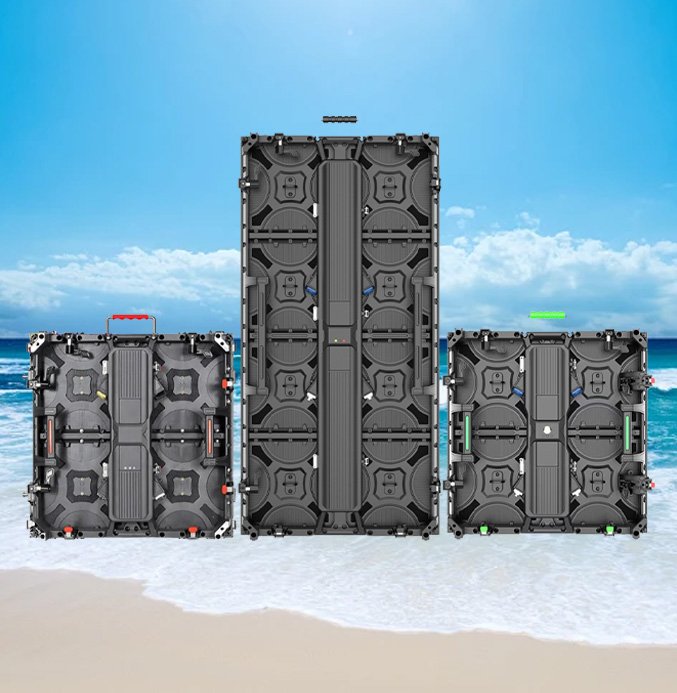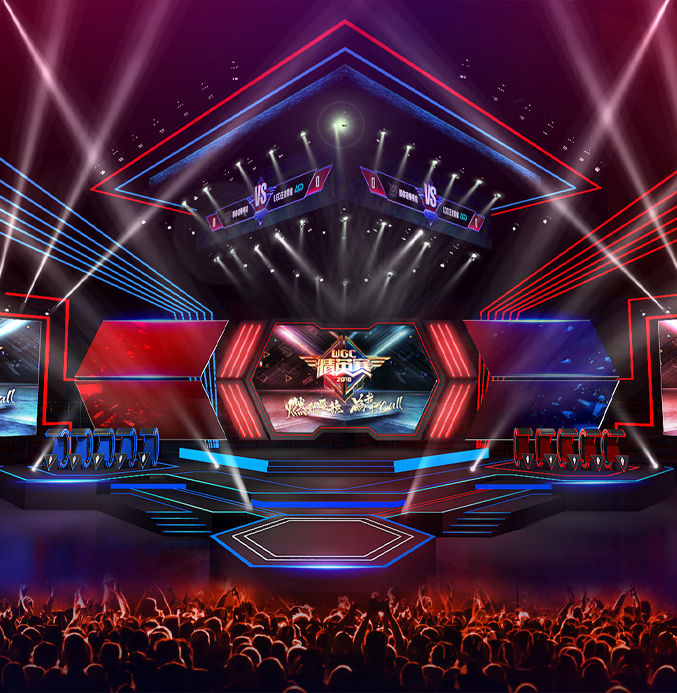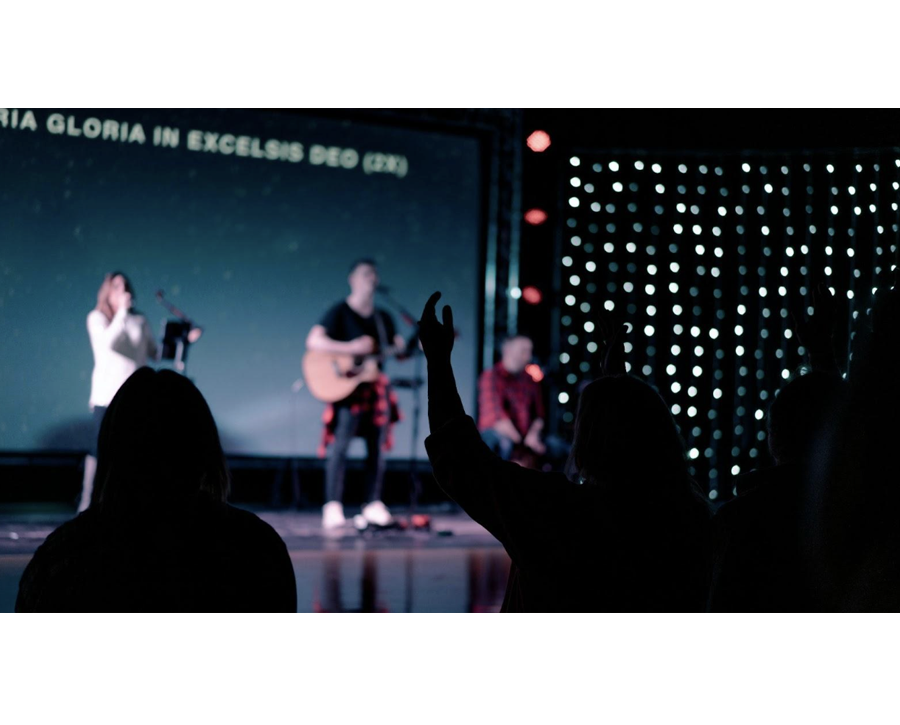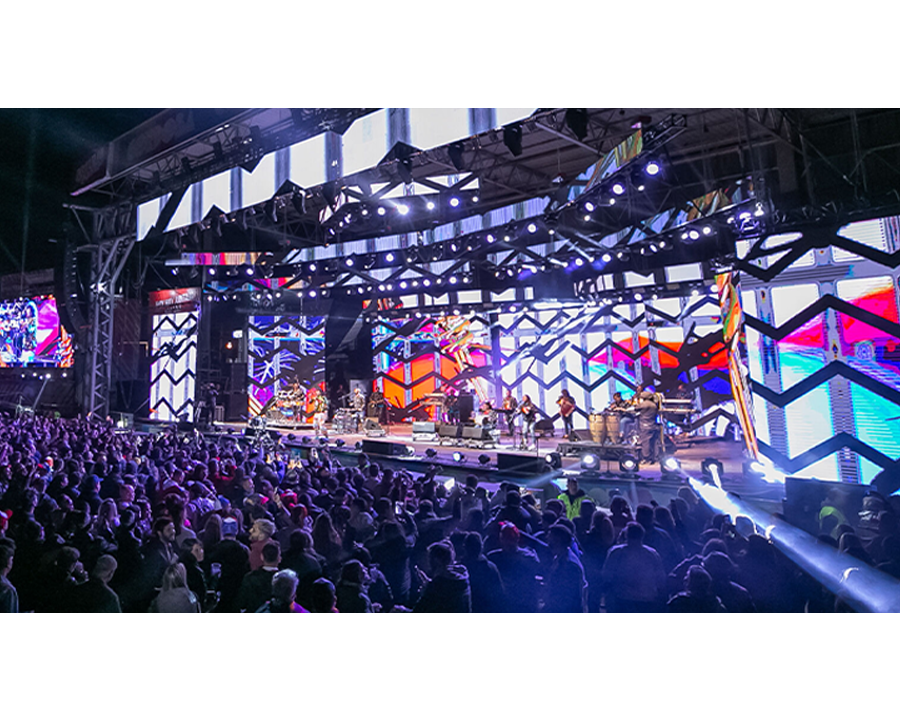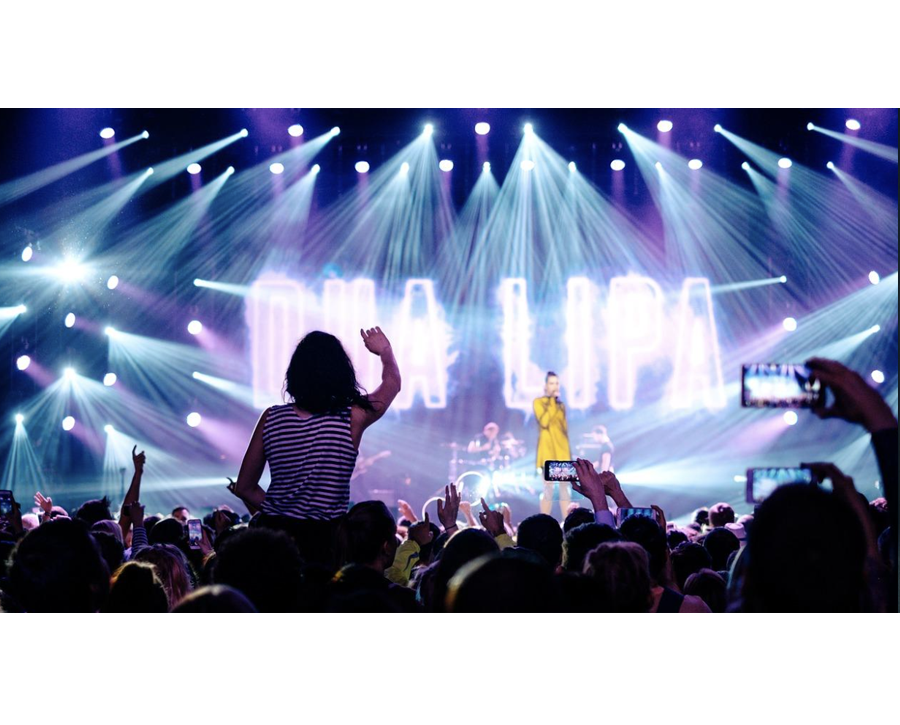
Stage lighting and screens form the backbone of any kind of event to keep your audience glued and in tune with the right mood. Your audience is bound to have an immersive experience. This article will teach you how to do it in a manner that will provide unforgettable results.
What is LED Stage Lighting?
Lighting your events with LED stage lights introduces creativity, innovation, and flexibility at a whole new level. Energy-efficient light-emitting diodes (LEDs) guarantee bright and colorful lighting tailored for different stage performances. You have access to a wide range of devices serving different purposes, from illuminating a concert or theatre production right through to corporate events, including several customizations.
Key Features of LED Stage Lighting
- Energy Efficiency: LEDs use much lesser power compared to conventional incandescent lights; hence, LEDs are friendly to the ecology and economic in their power consumption.
- Wide Color Spectrum: With RGB (Red, Green, Blue) color mixing, LEDs provide you with millions of hues for any scene or mood you want to display.
- Longevity: LED Lights have a very long life, usually more than 50,000 hours, thereby reducing the requirement for frequent replacements.
- Compact and Light in Weight: Thus, they are easily installable, making them very feasible in temporary setup and touring events.
- Instant Control: Unlike incandescent lights, which take time to warm up and cool down, LEDs have instant on/off and dimming capabilities without any delay.
LED Stage Lighting Types
- Spotlights: Spotlights emit focused beams, which are ideal for highlighting certain performers or elements on stage. They find their application during solo performances, speeches, and dramatic moments.
- Wash Lights: Wash lights are used to illuminate a large area with uniform lighting. They are normally deployed as base lights to create atmosphere across the stage.
- Beam Lights: Beam lights create sharp, narrow beams of light that cut through fog and haze for added dramatic flair. They are widely used in concerts for effects that are energetic and dynamic.
- Strobe Lights: These flash rapidly to create a sense of motion and energy. Strobes are extremely popular in dance music events or at scenes of high intensity in theater.
- Floodlights: Floodlights are used to illuminate uniformly large areas. Hence they are ideal for outdoor events or wide-stage settings.
What are stage screens?
Stage screens form the other important visual element that complements the lighting. They act like dynamic canvases displaying content such as animations, videos, and live feeds that enhance visual storytelling in an event.
Types of Stage Screens
- LED Panels:
LED panels are lighted setups that provide high definition and extremely clear images. It can be used indoors or outdoors and can be installed in any way depending on the stage arrangement.
- Projection Screens:
Projection screens rely on projectors to display images or videos. While they require a controlled lighting environment to achieve optimal clarity. They offer versatility in size and portability.
Functions of Stage Screens
- Content Display: Screens can showcase videos, animations, and live camera feeds.
- Mood Setting Enhancement: They serve as dynamic backdrops which change along with the mood or theme of a performance.
- Engagement with Audience: The screens will be able to show interactivity such as live polling or social media feeds in order to engage the audience.
The Benefits of Combining LED Stage Lighting with Stage Screens
The seamless integration of light and visuals is what audiences have always wanted, and that is what they get when LED stage lighting and stage screens work in tandem. Following are some of the major benefits of such a combination:
Increased Audience Engagement
Synchronizing lighting effects to visuals on stage screens brings in full immersion. For instance, in a concert, pulsating lights tuned to the visuals on the screen keep the audience active and energetic.
Versatility for Various Events
This combo is flexible enough to work on different event types:
- Concerts: Dynamic lighting amplifies the energy of the music as visuals on the screen complement the theme.
- Corporate Events: Sophisticated visuals and lighting create a professional atmosphere.
- Theater Productions: Screens for digital backdrops, and the lighting brings the stage alive.
Advanced Storytelling
When used in concert, lighting and screens tell a story. Consider a play using screens to show a background of forest while green and gold lighting creates an enchanted woods. The layered storytelling draws the audience into the scene.
More Aesthetic Pleasure
Combining lighting with screens adds a professional touch, high-tech feel to your event. The integrated elements give your stage a professional edge.
Real-Time Flexibility
With advanced tools, you can adjust both lights and visuals in real-time to adapt to changes during the event. This flexibility ensures smooth execution even under unpredictable circumstances.
Techniques for Synchronizing LED Stage Lighting and Stage Screens
Achieving perfect synchronization between lighting and screens requires proper planning, technical expertise, and the right tools. Below are techniques to ensure your setup is flawless:
Pre-Event Planning
- Storyboard Your Vision: Outline how you want the lights and screens to interact. Identify key moments where synchronization will have the most impact.
- Coordinate with Your Team: Work closely with lighting designers, screen operators, and event planners to ensure everyone is aligned.
Use Advanced Equipment and Software
- DMX Controllers : These enable you to program lighting effects with precision. You are able to pre-set cues for when the visuals change.
- Media Servers: Software such as Resolume, Watchout, or MadMapper will tie your screen visuals into your lighting cues for perfect timing.
- Timecode Synchronization: Use MIDI or SMPTE time codes to sync lighting and screen effects with music or dialogue.
Match Colors and Effects
- Color Matching: Pick up lighting colors matching what’s on the screen. If the screen displays a sunset, for instance, make sure to use warm colors such as orange and red.
- Dynamic Effects: Make effects that correspond to strobing lights or fast visuals for high-energy moments.
Layer Lighting and Visuals
Apply several layers of lighting to emphasize screen visuals:
- Base Layer: Wash lights to create a uniform background.
- Highlight Layer: Spotlights to draw attention to performers.
- Dynamic Layer: Beam and strobe lights to add excitement.
Conduct Rigorous Testing
Before the event:
- Calibrate the Equipment: Adjust the brightness and resolution of both lights and screens.
- Rehearse Thoroughly: Test the synchronization multiple times to identify and fix any issues.
Real-World Examples
- Concerts: Light beams flash in sync with fast-paced visuals on the screen, creating a powerful sensory experience.
- Theater: During a rain scene, screens show falling raindrops, while blue lights mimic the ambiance of a storm.
- Corporate Events: Corporate branding on screens. The highlighting of the presenter through lights, all combine for a cohesive visual theme.
Tips for a Seamless Setup and Execution
Combining LED stage lighting and screens in a perfect way requires careful planning and execution. Here are some tips to ensure success:
Invest in Quality Equipment
- Use high-resolution LED panels to ensure clear, sharp visuals.
- Choose reliable lighting fixtures that are compatible with your control systems.
Optimize Placement
- Placement of Lighting: Place the lights in a way that eliminates glare or shadows on the screen.
- Positioning of Screens: Put screens in positions where they are comfortably visible to all sections.
Power Supply Management
- The electrical load should be shared by professional-grade power distribution systems.
- Bring backup power sources to avert disruptions.
Use Right Software
- Lighting Control Software: Such as grandMA3 or Avolites Titan will help you to program very complex lighting cues.
- Visual Editing Tools: Realtime editing software such as TouchDesigner will help you make edits on the go.
Employ Expert Technicians
Hire professional technicians to assemble and rig lighting and screen elements. This ensures their smooth integration and troubleshooting.
Contingency Planning
Get ready for any unexpected problems:
Prepare extra gear in advance.
Design backup visual and lighting sequences so that one can replace the other with minimum delay.
Engage Your Audience
- Incorporate interactive displays like live social media feeds or screen displays of audience polls.
- Use lighting effects to enhance audience engagement, flashing lights at times of applause.
Conclusion
Merging LED stage lighting with stage screens can be a game-changing experience for your events. Synchronizing these elements properly will give you immersive experiences that leave your audience in awe. Follow the techniques and tips here to ensure a perfect setup and execution for any event.
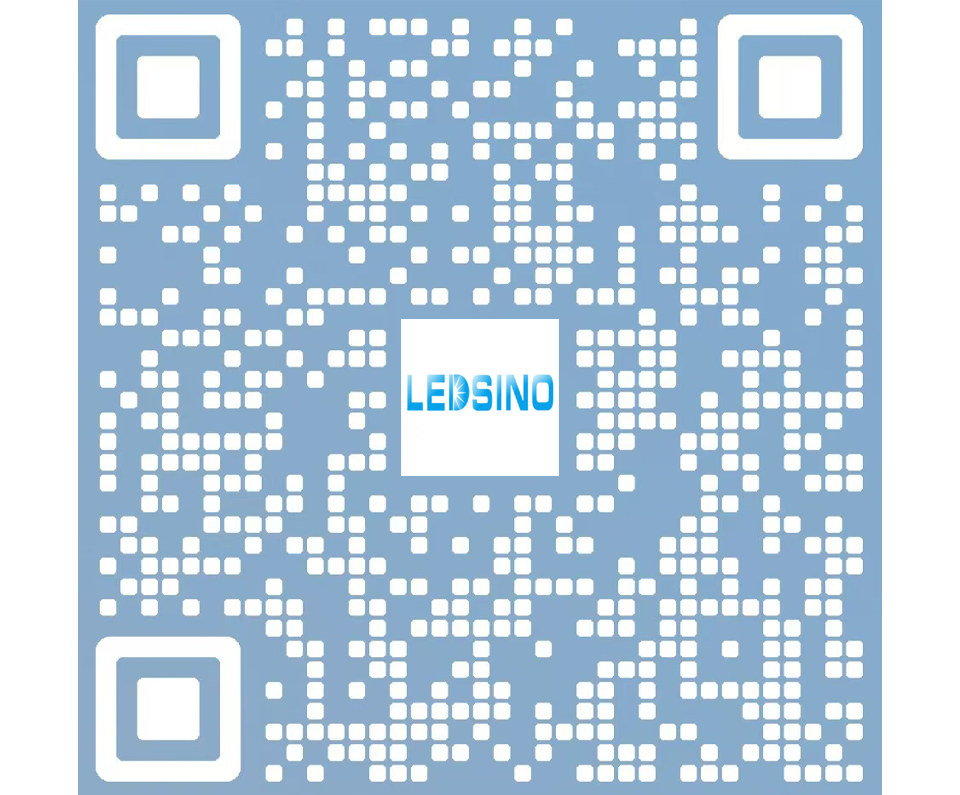
Enter the digital world with our advanced display technologies.

